|
The Harwell Computer
also known as
The 'WITCH' Computer
Wolverhampton Instrument for Teaching Computation from Harwell.
Research by Kevin Murrell, CCS
The computer is now on loan to The National Museum of Computing where it has been restored
to working order by a CCS project team.
|
 |
First envisaged at A.E.R.E. Harwell in 1949, this stored-program digital computer uses
Dekatron tubes for program and data storage, relays for sequence control,
and valve based electronics for arithmetical functions.
It was completed in 1951, handed over to the computing group in 1952, and ran until 1956.
After its life at Harwell, the machine was made available,
through the Oxford Mathematical Institute, to the college that could produce the best case
for its future use.
Accounts from Wolverhampton refer to J Hammersley organising the competition,
and John Hammersley did work at AERE for a time before returning to Oxford.
That competition was won by Wolverhampton and Staffordshire College of Technology
from nine possible contenders.
It ran there from 1957 until 1973 where it was known as WITCH or
'Wolverhampton Instrument for Teaching Computation from Harwell'.
In 1973 it was transferred to Birmingham Museum of Science and Technology where it was
displayed for many years.
As opposed to other relay based machines of this period (the Imperial College ICCE computer
and the Zuse Z3 computer) this is a stored program computer.
It was quite possible to transfer a section of code from paper tape to Dekatron storage
and executes orders from the store.
In fact trivial programs were generally not punched on to tape,
but entered directly into memory and run from there.
The three designers of the computer, Ted Cooke-Yarborough, Dick Barnes, and Gurney Thomas
all visited Cambridge to see the EDSAC computer during the design phase of the Harwell
machine, and they acknowledge this shaped their understanding of what constituted
a stored-program computer.
The picture above, from Wolverhampton, shows the machine itself and five paper tape readers
in the corner of the room.
(Missing from this picture is the paper tape perforator and the printer.)
Typically one reader holds the program tape, another holds the data tape,
and the three remaining readers can hold loops of tape containing common routines.
On starting the machine, two hard coded instructions bootstrap the machine by searching
for block 1 on tape reader 1, and then transferring control to that tape reader.
Subsequent instructions are then read from that tape reader.
Blocks of code on other readers can be searched for and then control transferred to that reader.
Contents
|
